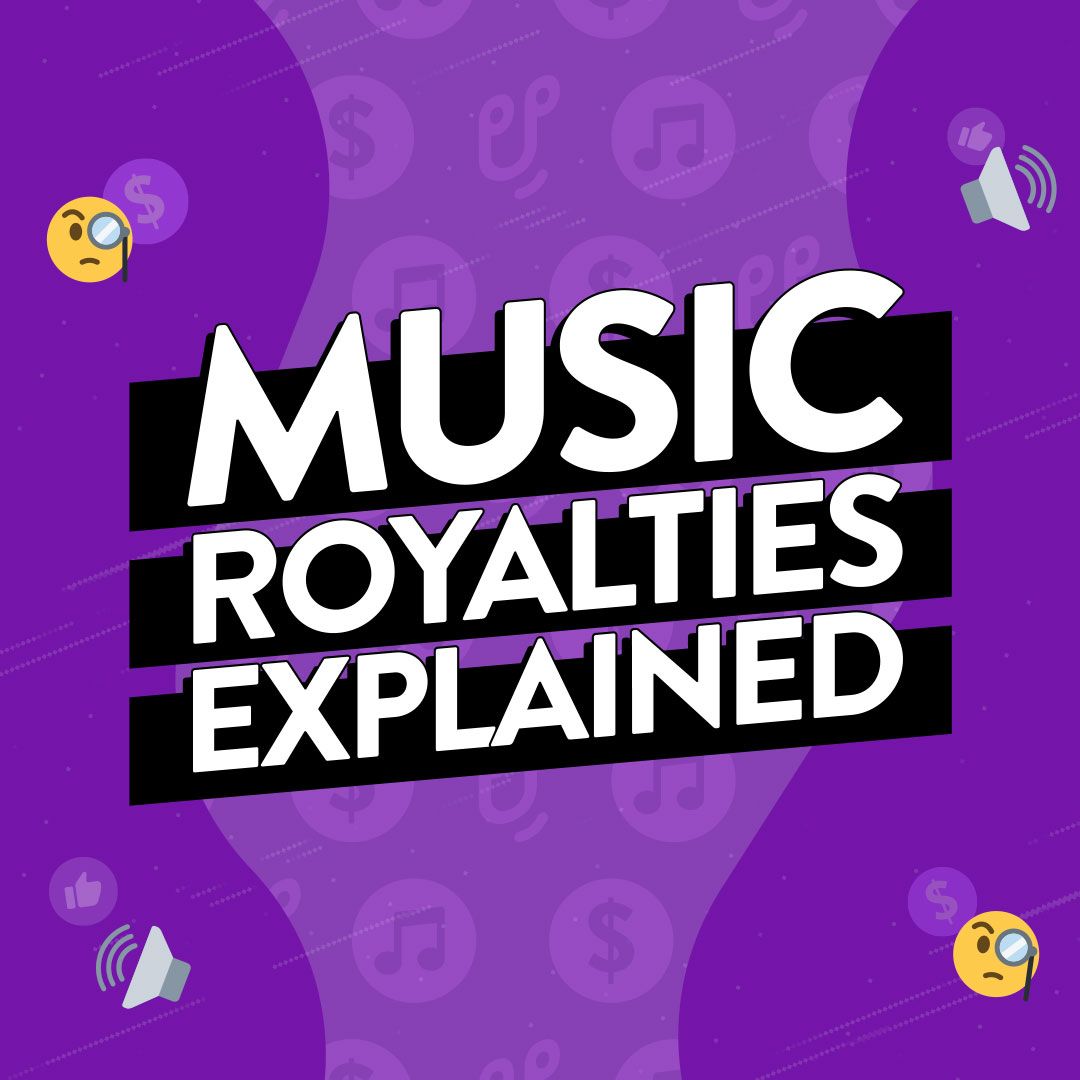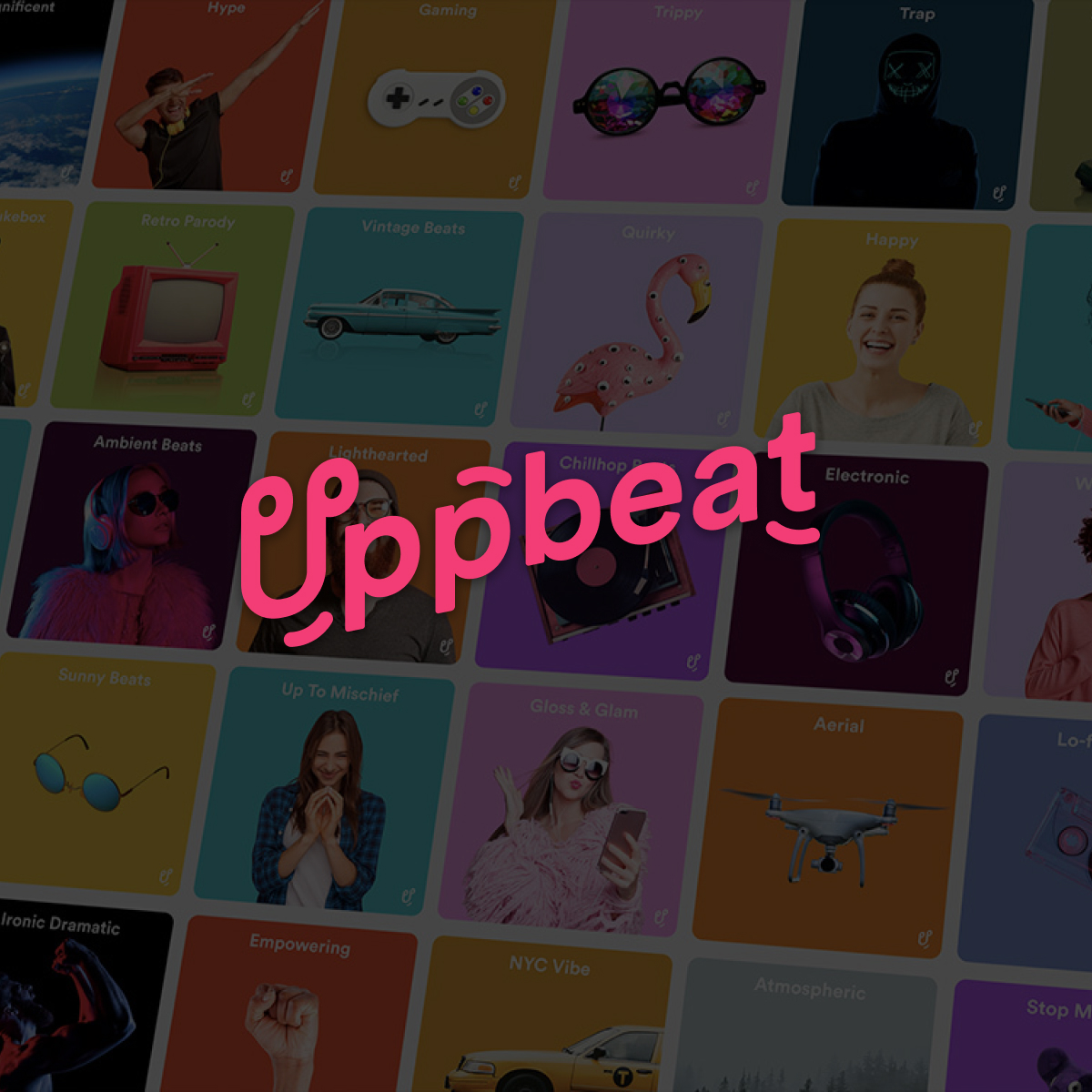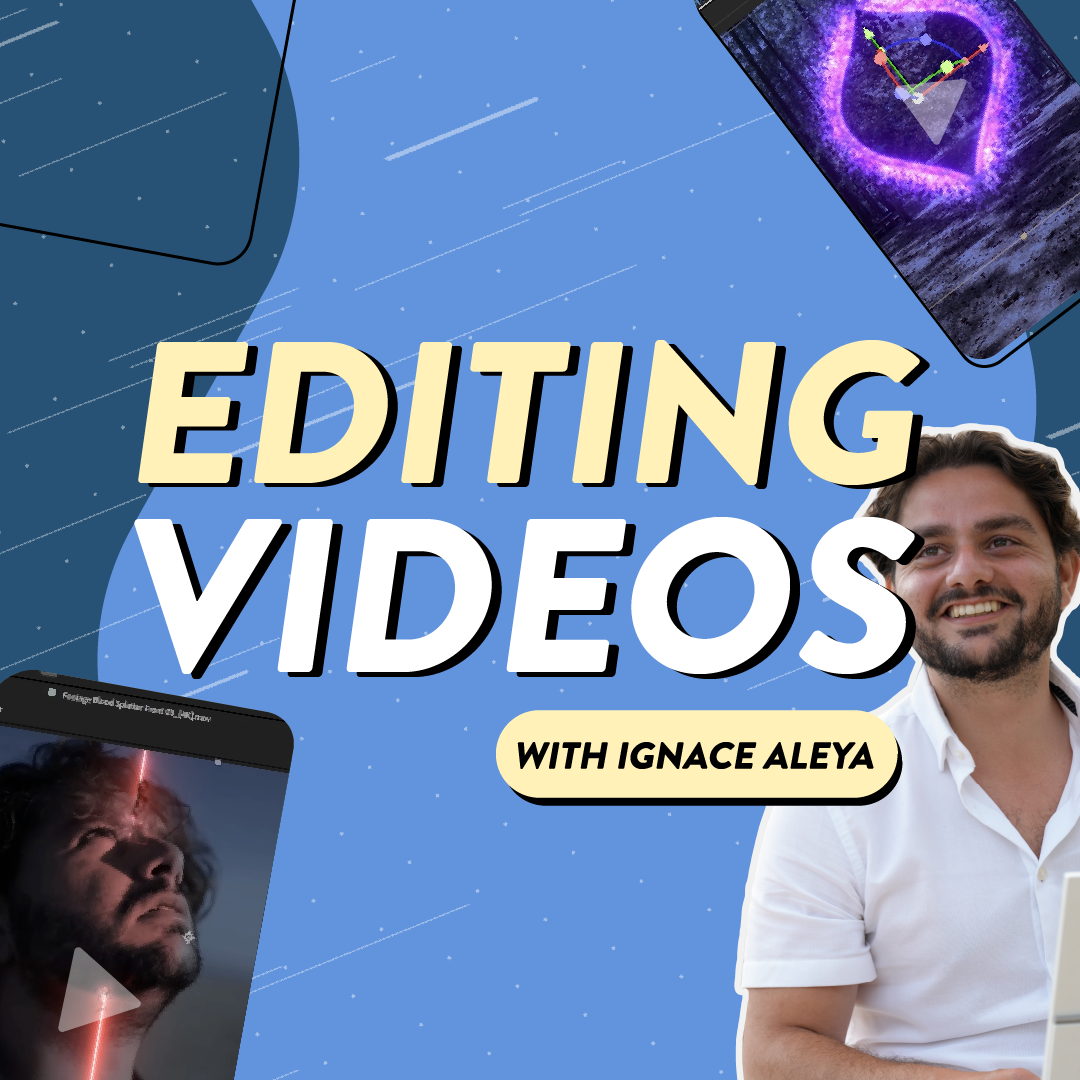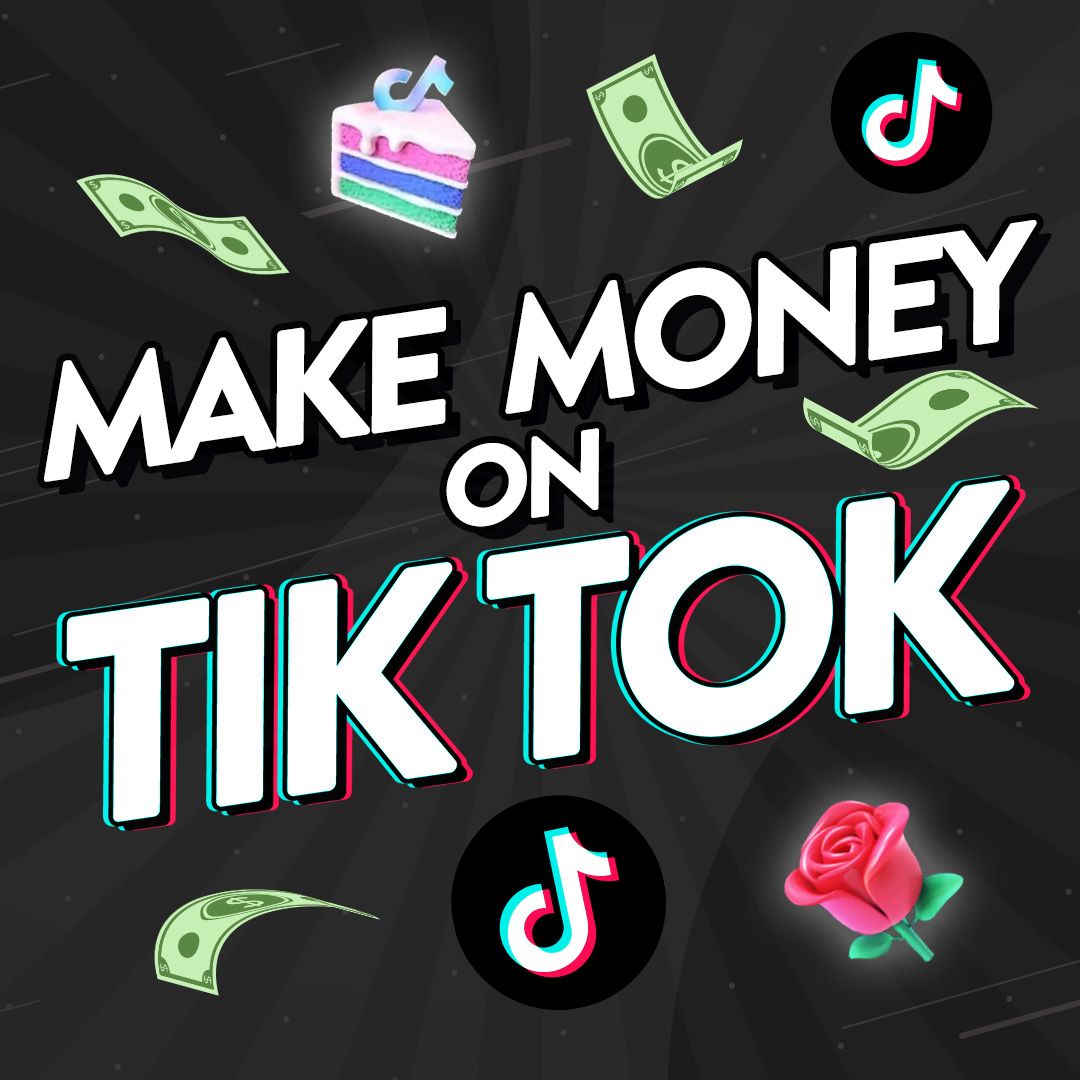Half a million creators search for royalty-free music every month. The popularity of social media platforms has created huge demand for music you can freely use across the likes of YouTube, TikTok and Instagram. The key for creators is that the music is royalty-free, but what exactly are music royalties?
It all comes down to how musicians earn a living from their work, just as you make money from your videos. But why does this matter to creators? Well, finding the right royalty-free music can help protect your earnings and keep your content safe from copyright issues too.
We've put together this guide so you can find out what music royalties are and how they work. Learn how royalty-free music can help keep your earnings safe and discover where to download music for your videos without spending a fortune.
- What are royalties in music?
- How do music royalties work?
- The different types of music royalties
- What does royalty-free music mean?
- Where to find royalty-free music
What are royalties in music?
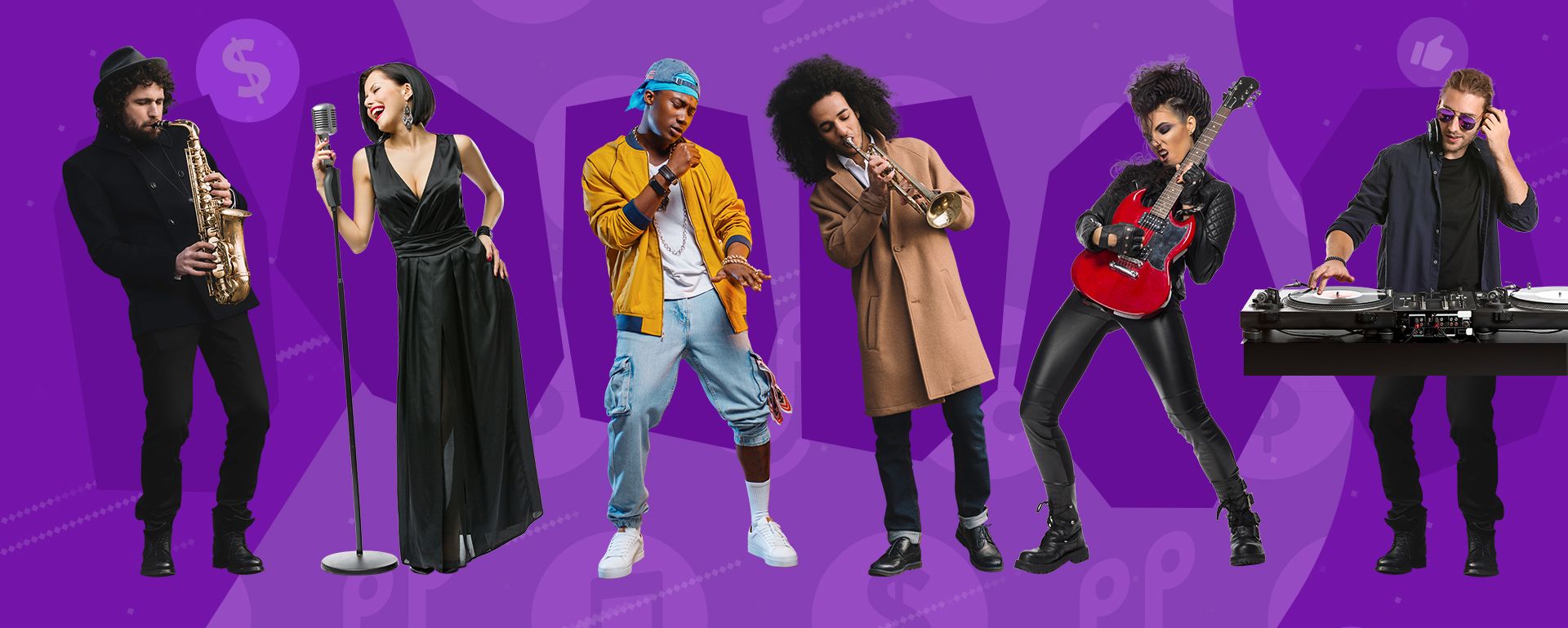
Royalties are the lifeblood of the music industry, providing ongoing income to artists for their work. They’re payments made to artists or rights holders every time their music is used, played or distributed.
They provide a way for musicians to earn money each time their music is played on the radio, featured in a video, or used in any other way. And it isn’t just the likes of Beyonce and Drake who earn from them either. Royalties can be paid to songwriters, producers, and anyone else who played a part in creating the music.
The best part for musicians is that they can still earn royalties from their music years after it was released. Take Mariah Carey for example - she doesn’t need to lift a finger all year, safe in the knowledge that her festive classic All I Want For Christmas will earn her around $3million in royalties.
Things start to get a bit more complex when you consider there are different types of royalties attached to each piece of music - let us explain.
How do music royalties work?
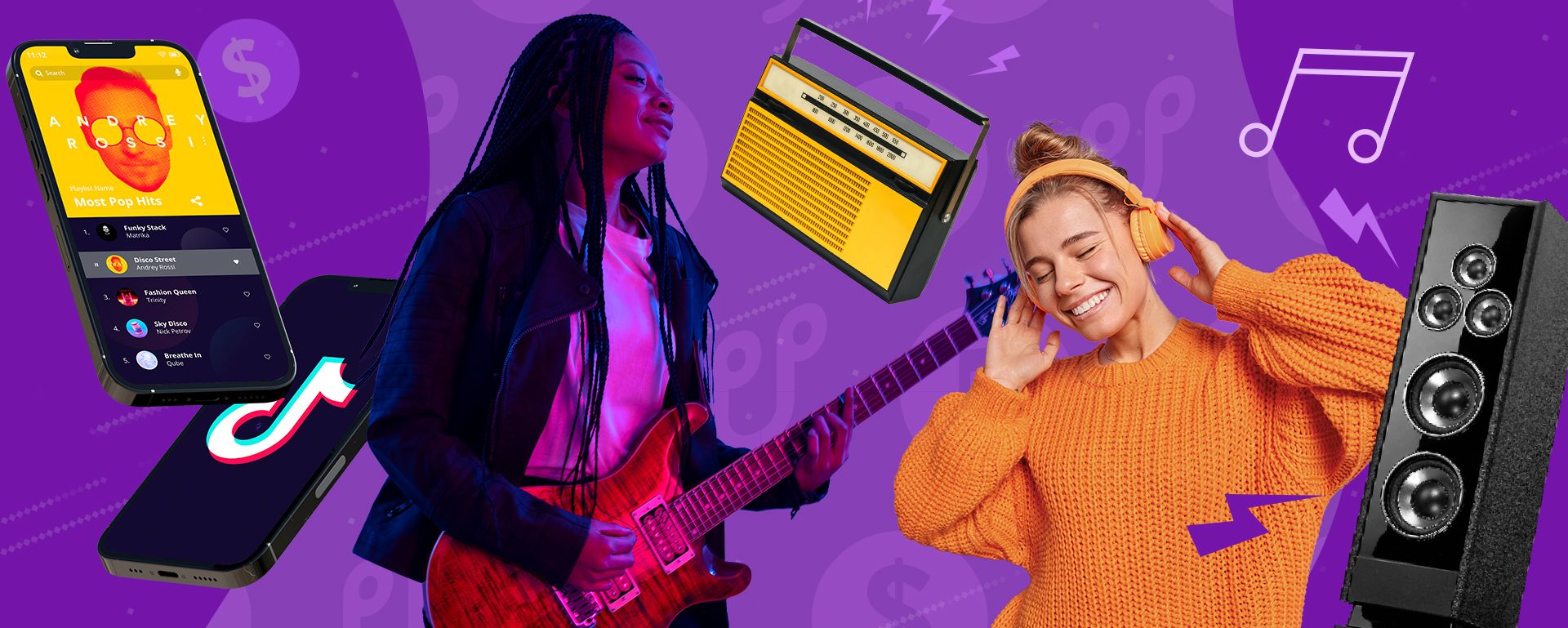
Let’s start at the beginning. When a piece of music is created, it’s automatically protected by copyright. This copyright gives artists and other rights holders the power to decide exactly how people can use their work.
Anyone who wants to play or use an artist’s music will need permission first, and they’ll typically need to pay for it. And when you consider the vast number of different ways people use music, the list of ways artists can earn royalties becomes mind-boggling long Here’s just a selection of them:
- Listening to a song on Spotify ✅
- Hearing a song on the radio ✅
- A track featuring on a movie soundtrack ✅
- A song being used in a musical show ✅
- YouTuber’s featuring music in a stream ✅
- The backing track for a TikTok viral dance craze ✅
- The music playing in a cafe ✅
When you consider the sheer scale of the worldwide music business, collecting music royalties suddenly becomes a mammoth task.That’s where Performing Rights Organizations (PROs) come in.
Artists and publishers will register with PROs like ASCAP, BMI, and PRS. These organizations track the use of their music and share out the royalties earned off the back of it. So every time you stream a song on Spotify, a portion of the revenue generated from ads or subscription fees will be collected by the PRO and then paid as royalties to the rights holder. The amount varies depending on the platform, the type of royalty, and the agreements in place.
Different types of music royalties
Now you understand what music royalties are, let’s dive into the different types of music royalties you might come across. It’s worth noting there are different royalties depending on whether you’re talking about a specific recording (‘recording rights’), or the composition itself (‘publishing rights’). With that in mind, here are some of the most common music royalties you’ll come across.
Synchronization (sync) royalties:
Sync royalties are paid out when music is used alongside footage - in other words ‘synced’. These royalties will be due whenever a track is used in movies, TV shows, or content on platforms like YouTube and TikTok.
Mechanical royalties:
These are earned whenever music is reproduced, whether in physical formats like CDs or vinyl, or digitally through downloads and streaming. For instance, when you stream an Adele ballad on Spotify, her record label will earn mechanical royalties.
Performance royalties:
Every time music is performed publicly, performance royalties are owed to the rights holder. As well as live performances like concerts, this also includes any time a song is played on the radio or streamed online.
Print music royalties:
As the name suggests, these are earned from the sale of sheet music. This is less common than other royalties.
What does royalty-free music actually mean?
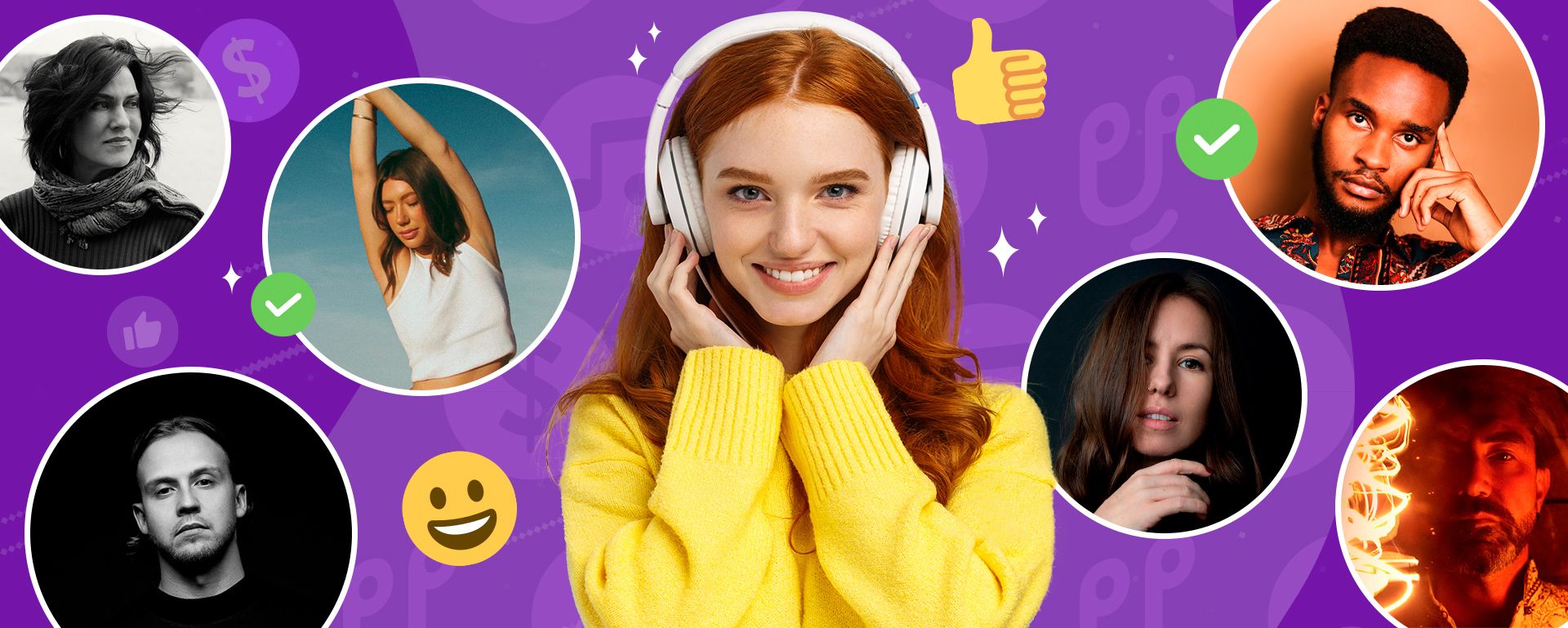
Royalty-free music is a term commonly used in the creator space to describe music you don’t need to pay ongoing royalties for. This means that once you have a license to use a piece of music, you can use it without having to pay extra fees. It’s why royalty-free music is such a popular choice for content creators who need affordable music options.
It’s important to note that while there are some free royalty-free music platforms like Uppbeat, “royalty-free” doesn’t necessarily mean “free”. Often you still need to get a license to use the music legally, and that may involve paying for one. So while the term ‘royalty-free’ might suggest royalties aren’t paid, in most cases musicians will still receive money.
Where to find royalty-free music
The easiest way to find royalty-free music that’s safe to use in your content is in a music library like Uppbeat’s. You’ll discover a huge selection of great music to suit any type of project. And you can start downloading for free!
Explore Uppbeat’s huge catalog by creating an account and you’ll get to download your first few tracks for free. Or you can unlock our full catalog and unlimited downloads by upgrading to Uppbeat Premium. We take care of paying the artists, so you don’t need to pay ongoing royalties for using their music!
Download awesome royalty-free music to complete your project
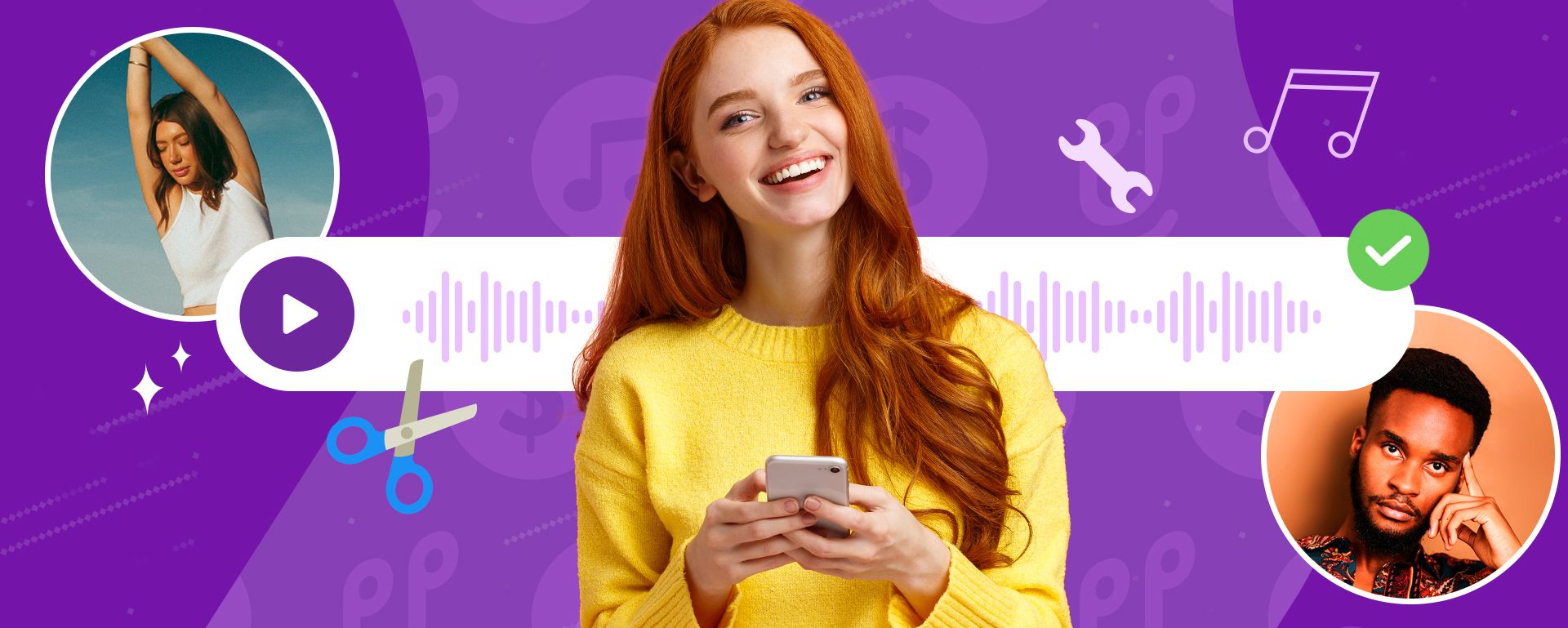
You now know that music royalties are simply how artists get paid. They’re the lifeblood of the music industry, ensuring musicians are fairly compensated for their work. But the prospect of paying ongoing royalties for music can be daunting for creators, especially those just starting out. And that’s where royalty-free music comes in.
Despite what the name ‘royalty-free’ suggests, musicians will often still be paid if you use their music. And you want to support the artists that make tracks for your content, right? Downloading royalty-free music will still reward their hard work, even if you don’t pay for the music yourself.
Uppbeat believes in paying artists fairly. Our musicians get paid for every download, whether you make a free download or sign up to Uppbeat Premium for unlimited access to our catalog. So go ahead and support our awesome artists by checking out our library of royalty-free music and sound effects.
Everything you need to know about music licensing
Want to dive deeper into the world of music licensing and learn about how to find tracks you can safely use in your videos? Check out our related guides on all things music licensing:
- What is Royalty-free Music? And How is Copyright-free Music Different?
- How Uppbeat’s Music Licenses Work
- What Are Music Royalties? And How Do They Work In 2025?
- Music Licensing Explained: The 7 Different Types of Music Licenses for your Project
- How to Find Out if a Song is Copyrighted: Safely Using Music in Videos
- Understanding Music Copyright: How to Safely Use Music in Your Videos
- What does DMCA mean? How to protect your content from DMCA copyright takedowns
- What is Public Domain Music? Should You Use It?
- What is a Creative Commons License?

